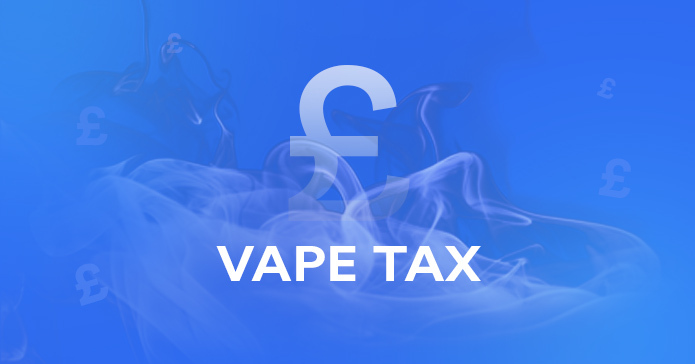In the world of nuanced taxation, the U.K.'s vape tax is uncomfortably turning heads, expected to not only produce revenue but to nudge the hornet's nest of public health, business economics, and individual liberty. With policy shifts that could impact not just the prices but the consumption of products by millions, it's safe to say that as of the 6th March Spring Budget, vapes have fallen under a new kind of fiscal spotlight. But what does this mean for you, your everyman vaper, local vape shop owner, or vape juice manufacturer? And how do these levies fit into the larger scheme of U.K. vaping regulations and health policy?
Vape Tax in the Spring Budget
One of the headline-stealers from the recent budget from Chancellor Rishi Sunak was the introduction of a vape tax. Jeremy Hunt took the new levy a step further and solidified it as part of his Spring Budget announcement. As part of an effort to reduce smoking rates, the tax will be a new excise duty and is forecasted to raise £445m by 2028-2029 according to the Financial Times`s report. But what does this tax look like, and more importantly, who will it affect?
VAT Increase
Firstly, the current VAT on vaping products has been at 20%, aligning it with other goods and services considered non-essential. This is already a significant hike from the 5% VAT that was applied before 2020. For vapers, it has meant a noticeable increase in the cost of e-liquids, hardware, and accessories.
Excise Duty Imposition
However, excise duty is a different beast. It is targeted at the manufacturer or seller, aka off-licence, corner shops and vape shops, but the cost is generally passed on to the consumer. The registration for vaping duty is going to open on 1 April 2026! The rates for the new duty will be as follows;
- For nicotine-free liquids, it will be £1 per 10ml
- For liquids that contain 0.1 to 10.9 nicotine, it will be £2 per 10ml
- For liquids that contain 11mg or more nicotine, it will be £3 per 10ml
Unlike VAT, which is a percentage of the cost, excise duty is a flat rate dependent on the quantity or volume of the product — in this case, the weight or volume of e-liquids or the power of vaping devices.
Vape Tax on Businesses
For retailers, this could mean a double hit. The industry and its subsidiaries alike claim that disposable vapes will be banned altogether in April 2025.
Not only will their purchasing costs increase due to the excise duty, but their customers will feel a second blow in the form of higher prices, potentially leading to decreased demand.
Smaller Operations Under Pressure
For smaller vape shops, which often operate on tighter margins and without the bulk-buying advantages of larger stores, the squeeze could be significant.
When the levy comes into effect, the UK will officially be the most expensive country for buying vape in the world. According to ecigarettedirect.co.uk's data;
- If you consume 10ml liquid with 18mg nicotine strength, it will cost you £180 per month
- if you consume 10mg of nicotine strength, it will cost you £150 per month
The strategic implications on how they stock, price, and market their goods are profound.
Vape Industry Impact
The tax is likely to have a multifaceted impact on the vape industry as a whole. From a burgeoning market that had enjoyed relative freedom from the taxman until recently, there is now the prospect of significant operational shifts.
Manufacturing Adjustments
Manufacturers, especially those who operate in the U.K., will face increased costs. When the levy was imposed in Italy, the cost of producing a 10ml bottle went up by at least £0.30 and that amount immediately caused 70% drop in the number of vapers. It doesn`t mean that history repeats itself exactly but it surely will prove a smoke and gun situation in the coming months.
Manufacturers will be expected to pay excise duty upon manufacturing the product NOT selling it. This bit is crucial for the manufacturers and, hence in the chain of operation for distributors alike.
Product Innovation and Pricing
For consumers, the most immediate effects will likely be seen in product pricing and availability. The U.K. has been home to a range of local and international manufacturers and retailers that have essentially served as a petri dish for vaping innovation.
In Conclusion
The introduction of a vape tax in the U.K. is a complex issue that touches on economics, public health, individual liberty, and the dynamics of emerging industries. For vapers, off-licence owners, and small businesses, the uncertain terrain ahead may require novel strategies and adaptability to stay competitive and compliant. The coming years will tell the tale of just how much this levy will reshape the world of vaping, and what it will mean for the health and pocketbooks of millions.













